20 Interesting Facts About the V-1 Doodlebug
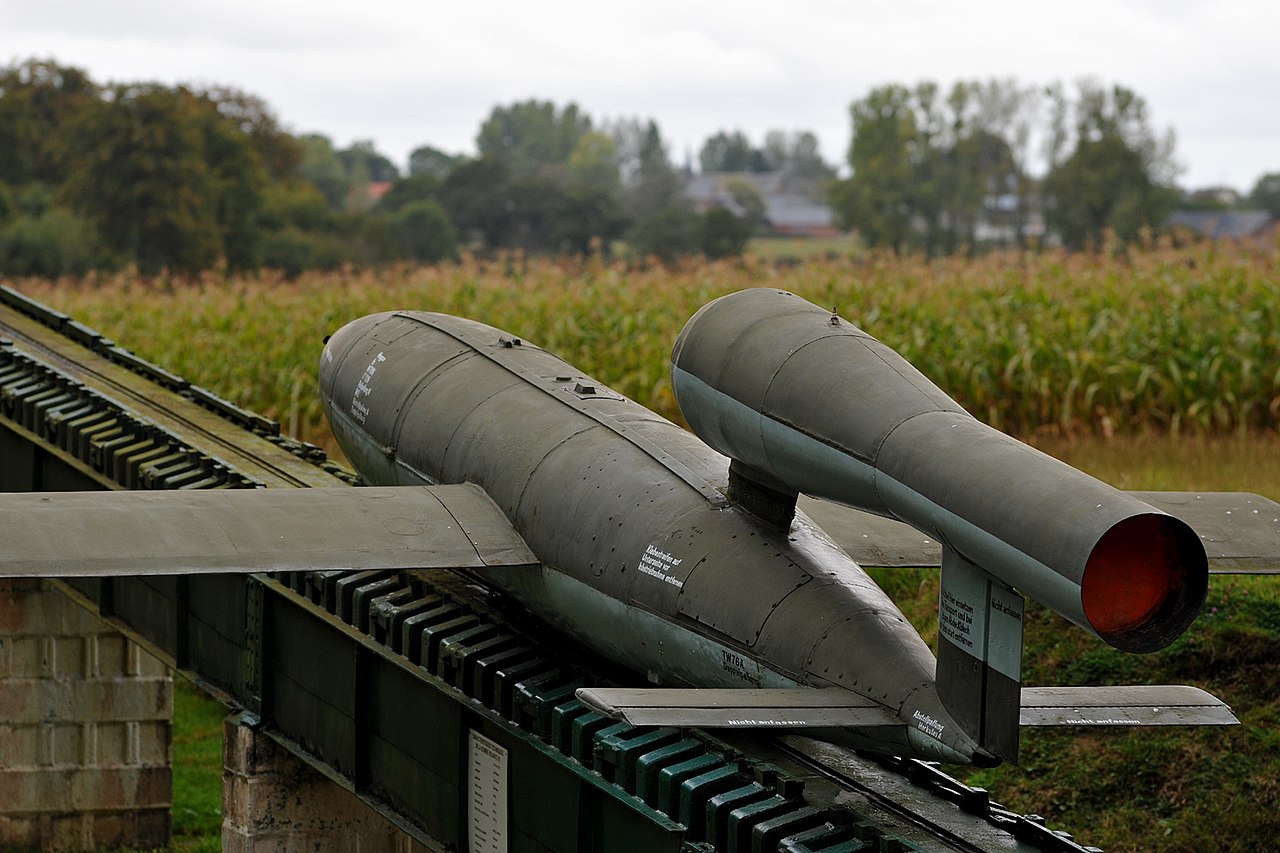
The V-1 flying bomb was the first operational cruise missile, and was used by Germany during WW2. It was also the first in the series of ‘vengeance weapons’ developed by German; unique and advanced creations that were designed to cause retaliatory destruction on enemy cities from long ranges.
1) The name V-1 stands Vergeltungswaffe-1 in German, or ‘retaliatory weapons’. They were built to avenge the damage done by Britain during the bombing of German cities.
2) The V-1 was the first in the series of three V-weapons. The V-2 was a highly advanced liquid fuel long range ballistic missile that would lay the groundwork for most modern ICBMs. The third weapon, the V-3, was a large multiple charge gun that was designed to fire projectiles over to London. Allied bombing halted the project before it was finished.
3) The V-1’s first powered test flight was on 10 December 1942, and was air-launched from a He 111. Its first military use was on 13 June 1944, just a week after D-Day. It landed next to a railway bridge in London, and killed 8 civilians.
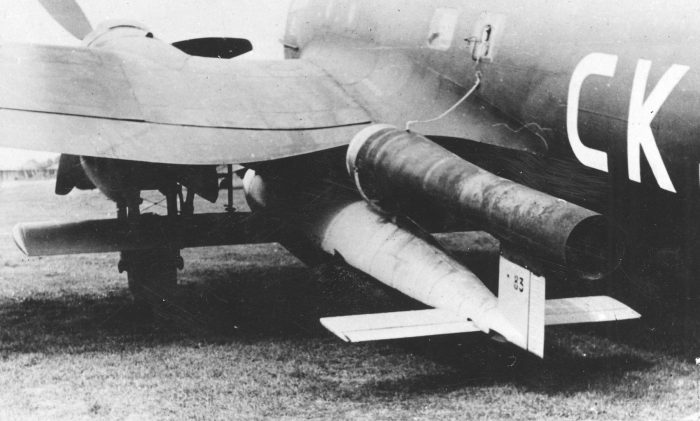
4) It was powered by an Argus As 109-014 pulse jet, a simple type of jet engine with minimal moving parts. Pulse jets produce thrust in ‘pulses’, giving this type of engine a very distinct noise. This noise was where the V-1’s got its nicknames of ‘buzz bomb’ and ‘doodlebug’.
6) Gyroscopes and a magnetic compass controlled the V-1s trajectory. The compass was located in the nose, inside a wooden sphere. The gyros were powered by compressed air, which also pressurised the fuel system and powered the pneumatic servos that operated the control surfaces.
7) The V-1 could be roughly targeted with the speed and duration of its flight. A counter was set to count backwards from a specific number that would reach zero when the V-1 was over its target, after travelling at a certain speed. A vane on the nose span in the oncoming wind, which would count down one number on the counter ever 30 rotations. Once the counter reached zero, the V-1 was over its target, and began its descent.
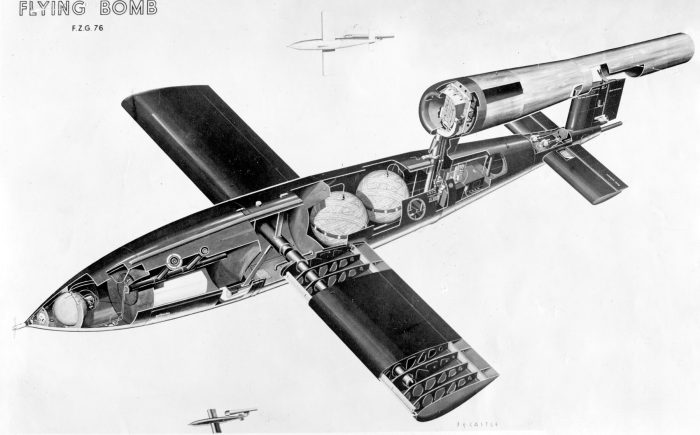
8) It was launched from a rather primitive ‘Walter catapult’, a steam powered ramp pointing in the approximate direction of the target. The ramp would launch the V-1 at 200 mph.
9) The V-1’s final dive onto the target was actually meant to be powered, but the dive angle would starve the engine of fuel, turning it off. People on the ground infamously learnt that the silence meant an impact was imminent. This was eventually remedied on later versions.
10) The V-1 carried an 850 kg warhead with three different fuses for detonation. The first would be triggered by a conventional nose or belly impact. The second was a delayed fuse that gave the bomb time to penetrate deeper into its target before detonation. The third would trigger two hours after launch to prevent capture, in case the bomb didn’t explode as planned.
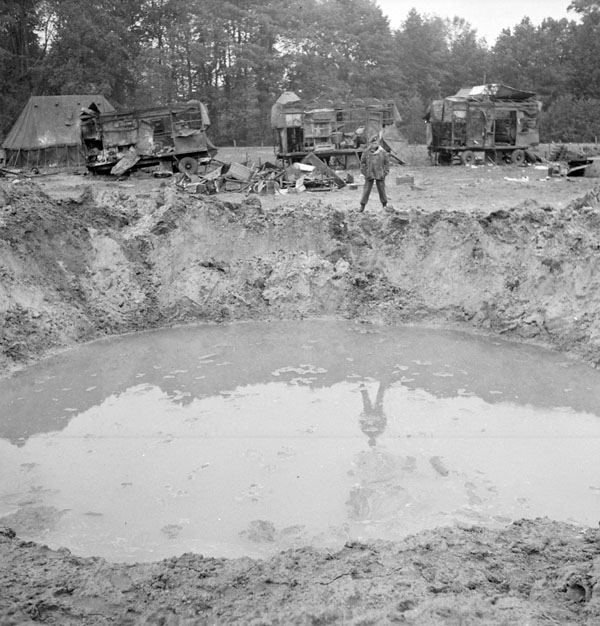
11) The US reverse engineered the V-1 bomb from wreckages recovered in Britain. The result was the Republic-Ford JB-2 (Jet Bomb 2). It was almost identical to the V-1, and was intended to be used in combat against Japan. The wars end meant it was never used in combat.
12) This is the sound of a V-1 flying bomb:
12) V-1s were small and travelled at 300-400 mph, making them a hard target to hit for ground based anti-aircraft guns. They would fly above the effective range of later anti-aircraft guns, and below the optimum range of heavier anti-aircraft guns.
13) The British worked hard to increase their defences against the V-1s, including using proximity fuses and accurate gun laying radar.
14) On their first week of use in June 1944, 17 percent of all V-1s that flew through the coastal ‘gun belt’ of Britain were shot down by ground based AA guns. By the end of August, this number increased to 74 percent. This improvement meant only around 100 shells were fired per downed V-1, down from the 2,500 shells needed before.
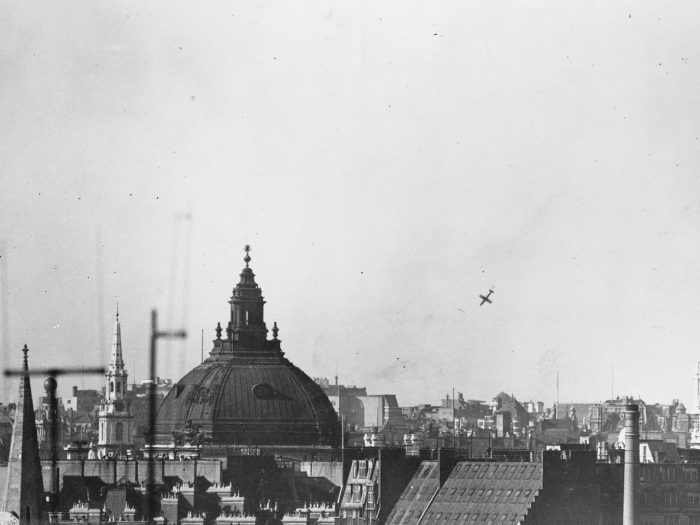
15) In mid 1944 few fighters were able to comfortably keep up with the fast flying V-1 bombs at low altitude. The Hawker Tempest could however, and proved to be one of Britain’s greatest defences against them. Working closely with radar units on the ground, Tempests equipped with drop tanks would patrol the flight paths of V-1s, intercepting them long before they were over land. The Tempest’s cannons also provided sufficient firepower to totally destroy them in the air.
16) The de Havilland Mosquito, North American P-51 and later more powerful Spitfires were also affective against V-1s. A tactic used by pilots was to flip over V-1s, causing them to crash. To perform this risky maneuverer, the pilot had to position their wing tip just 6 inches below the V-1s wing. The airflow from the fighters wing would cause the V-1 to roll over, overriding the gyroscopes and sending the bomb into an uncontrolled dive.
17) To increase their accuracy, the Germans needed to know the the precise locations of where their V-1s were landing so they could make adjustments in the guidance system. German secret agents in Britain were tasked with finding and reporting this information. Unfortunately for them, the British had captured and turned many German agents, having them work for the British instead by sending inaccurate reports to the Germans.
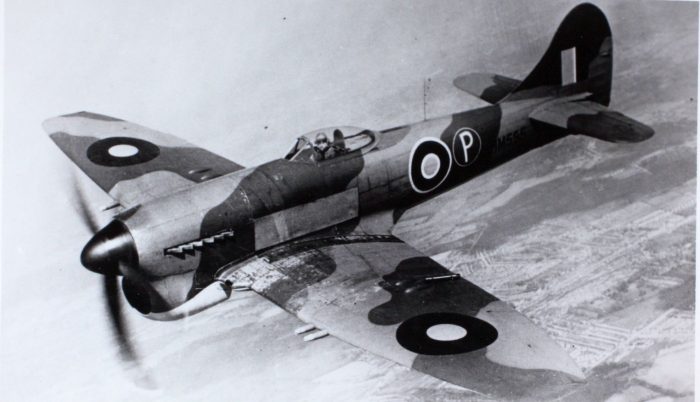
18) The Germans also added radio transmitters to select V-1s to monitor their landing locations. These radios indicated they were falling short of their targets. This data conflicted with the reports from German agents, but it was concluded that the transmitters were to blame, as they were certain that their agents were completely trustworthy.
19) The French V-1 launch sites were captured by the Allies in September 1944, three months after D-Day. During this time, 4,261 V-1s had been destroyed by all means.
Another Article From Us: What Were the Black and White Stripes Painted on Aircraft During D-Day?
20) The last V-1 hit Datchworth, Hertfordshire on 29 March 1945, marking the end of enemy action on British soil.
